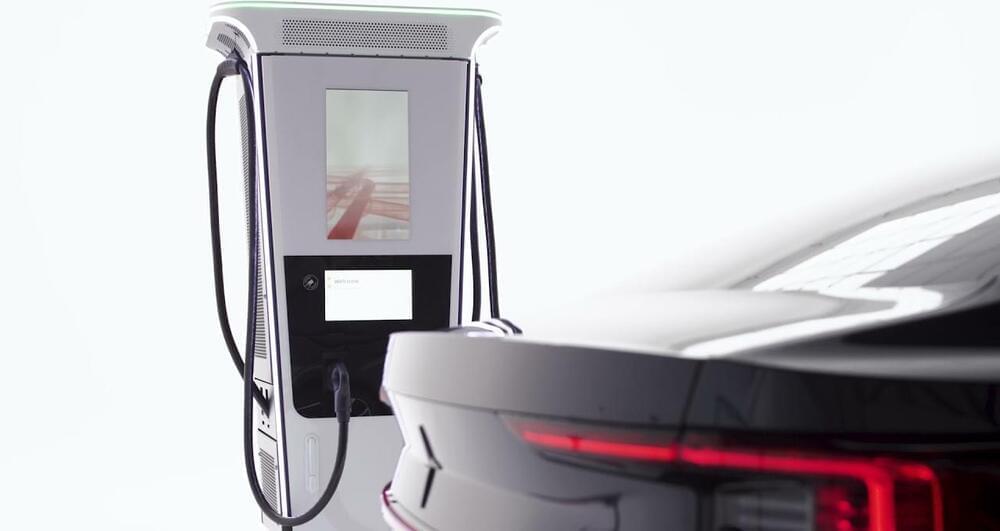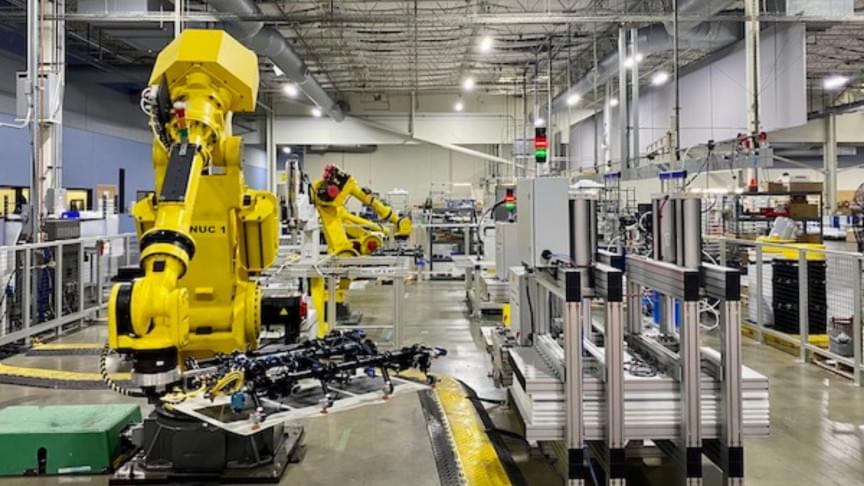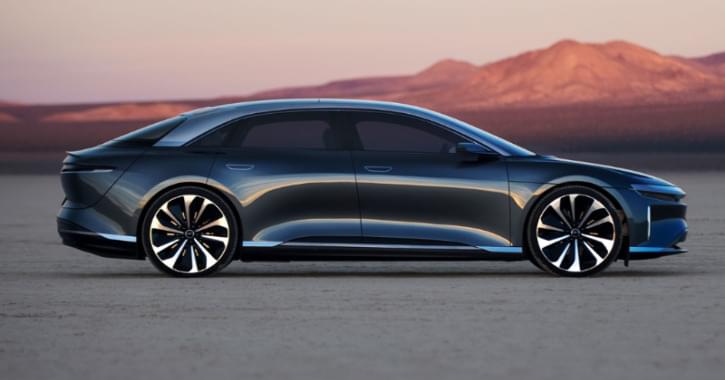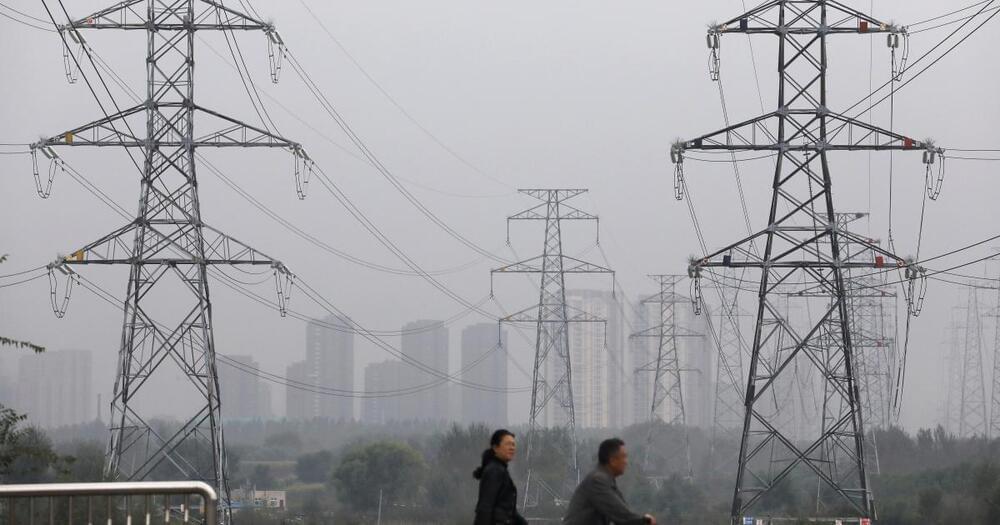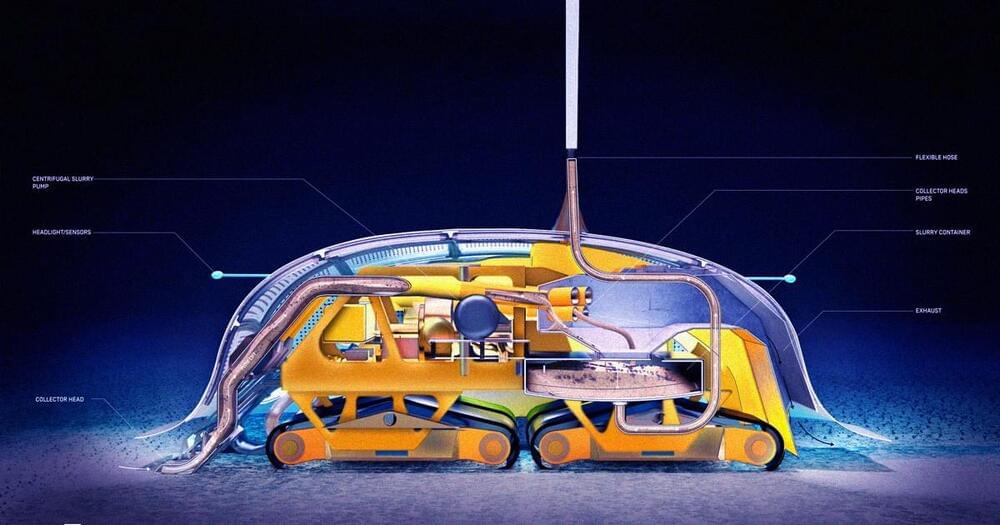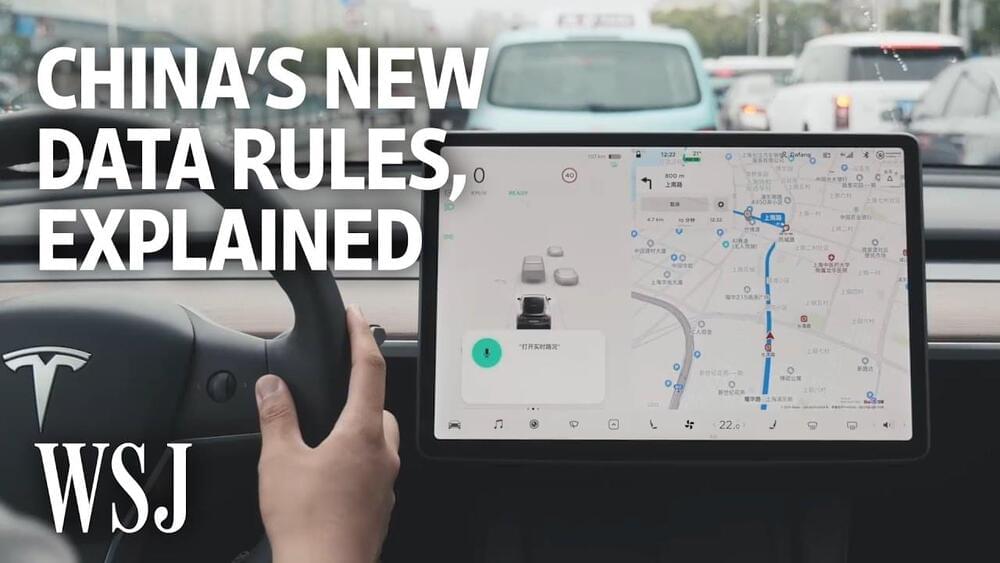For a long time fixed wing VTOL drones were tricky to work with, but with the availability of open source flight control and autopilot software this has changed. To make experimentation even easier, [Stephen Carlson] and other researchers from the RoboWork Lab at the University of Nevada created the MiniHawk, a 3D printed VTOL aircraft for use a test bed for various research projects.
Some of these project include creating a longer wingspan aircraft by combining multiple MiniHawks in mid-flight with magnetic wing-tip mounts, or “migratory behaviors”. The latter is a rather interesting idea, which involves letting the craft land in any suitable location, and recharging using wing mounted solar panels before continuing with the next leg of the mission. With this technique, the MiniHawk could operate on mission almost indefinitely without human intervention. This is a departure from some other solar planes we’ve seen, which attempt to recharge while flying, or even ditch batteries completely, which limits operation to sunny weather conditions.
The design is open source, with all the relevant information and files available on GitHub. This looks like a fun craft even if you don’t plan on doing research with it, and [Stephen] also created an FPV specific canopy cover.

